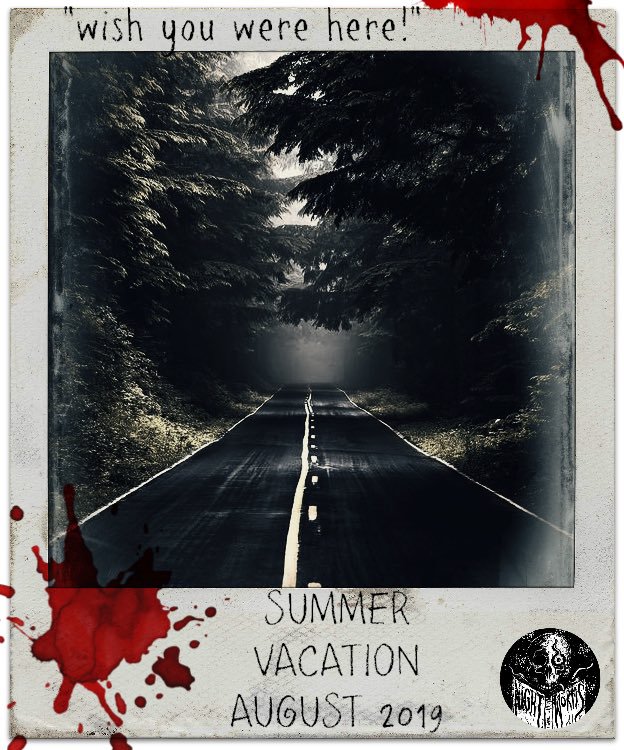In 2 weeks (July 17, 2021) I’ll be at Romancing the Gothic giving a free virtual talk (twice, because time zones!) on a pair of peculiar Japanese/American films from the late 1960s which make deft use of a number of genre conventions and storytelling modes to explore both personal and national trauma. Well, one of them does, at any rate, but I’ll get back to that after some background.
Monstrously transformed bodies rampaged across movie (and television) screens throughout the Atomic Age. Brimming with disfiguring laboratory accidents, wacky mutations, and extraterrestrial invasions, in these Hollywood movies figuring out how to obliterate monsters was every heroic scientist’s duty.
Japanese director Ishiro Honda reinvented the Hollywood monster movie form, bringing forth movies that spoke not to existential fears of atomic disaster but to the lived experience of atomic devastation and the long-term consequences of trauma and radiation exposure. His monster movie, Gojira, was released in Japan in 1954. The following year, American producer Edmund Goldman acquired the worldwide rights to the film and hired director Terry Morse to radically re-edit the film, inserting newly shot footage which transformed Gojira into the less overtly political Godzilla: King of the Monsters! (1956). This Americanized version of the film was the only version officially distributed outside Japan until 2004.
A decade later, Honda directed a pair of films in which Mary Shelley’s novel is re-imagined as non-fiction, the catalyst for a series of slowly unfolding disasters.* Unlike Gojira, Honda’s Frankenstein movies were produced in a partnership between Toho and American International Pictures and were dubbed, not re-edited, for American release.

In Frankenstein vs Baragon (1965, released outside Japan in 1966 as Frankenstein Conquers the World) a child consumes Frankenstein’s monster’s immortal – and irradiated – heart in 1948 Hiroshima and grows to monstrous proportion. The figure of Frankenstein, as the child is known, is ambiguous, first pitied and studied, then feared, before ultimately become a savior when a powerful ancient mythological being re-emerges to threaten civilization and the project of capitalist expansion in post-occupation Japan.
In the sequel, Frankenstein’s Monsters (1966, released in the U.S. in 1970 as War of the Gargantuas), the Frankenstein monster’s cells regenerate into a gigantic pair of mortal enemies, Gothic deadly doubles and fragmenting identities writ large.
This talk includes historical background and cultural context and a discussion of how Honda’s use of Gothic conventions contributes to a politically and socially complex story. And also a second movie. If you’d like to sign up, here’s the link.
I’ll be focusing primarily on Frankenstein vs Baragon, but, to be fair, War of the Gargantuas also employs Gothic tropes in interesting ways. While it’s not a particularly substantive film, it is bizarre and truly delightful. Whether or not you sign up for my talk, I encourage you to visit the Cultural Gutter to learn more about the confoundingly catchy lounge number which occupies an interminable segment of War of the Gargantuas: In Memoriam: The Words Got Stuck In My Throat.
Familiarity with the films I’ll be discussing is not required but will be helpful to you. Be aware: there will be spoilers, but hopefully what you learn will enrich your viewing. No specialized knowledge of the Cold War, Nuclear History, or Gothic film and literature are necessary and the live sessions will include ample time for questions. And likely also for answers.
If you haven’t seen the original Godzilla, I highly recommend the Criterion Collection’s restoration (of both versions), which is also currently available in the US both on their subscription service, the Criterion Channel and HBO Max and is also available for rent or purchase through a variety of streaming services.
—————–
* A Slowly Unfolding Disaster would have been an excellent alternative title for War of the Gargantuas.



